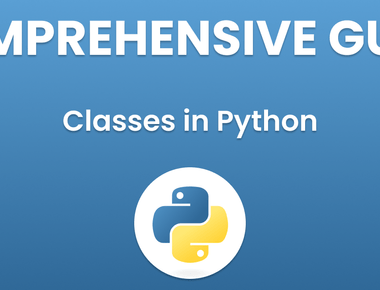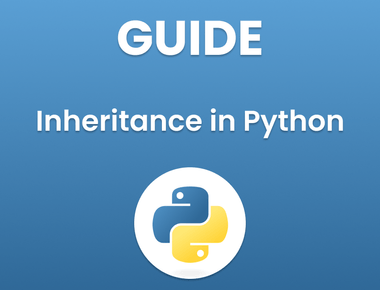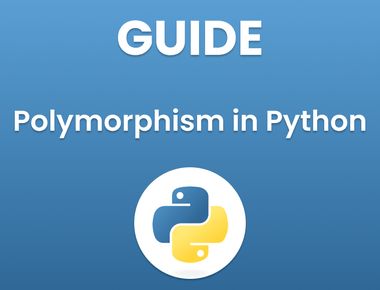Table Of Contents

Creating an AI-powered virtual assistant like Jarvis has always been a dream for many people. Fortunately, with advancements in technology, building such an assistant is no longer a far-fetched idea. In this article, we will show you how to make Jarvis with Dialogflow and Python.
Firstly, it’s essential to understand what Dialogflow is. Dialogflow is a conversational platform that allows developers to build chatbots and voice assistants that can communicate with humans in natural language. It’s an easy-to-use tool that comes with powerful features such as natural language processing, machine learning, and voice recognition.
Now, let’s dive into how to create a Jarvis-like virtual assistant with Dialogflow and Python.
Step 1: Create a Dialogflow agent
The first step is to create a Dialogflow agent. An agent is the virtual assistant that you will create using Dialogflow. You can create an agent by following the steps below:
- Go to the Dialogflow console and log in using your Google account
- Create a new agent and give it a name (e.g., Jarvis)
- Choose the default language and time zone
- Click on the “Create” button
Once you have created the agent, you will be taken to the agent’s dashboard.
Step 2: Design the conversation flow
The next step is to design the conversation flow. This is where you define the various ways in which users can interact with the virtual assistant. To design the conversation flow, follow the steps below:
- Click on the “Intents” tab on the left side of the dashboard
- Click on the “Create Intent” button
- Give your intent a name (e.g., greeting)
- Define the various ways in which users can greet the virtual assistant (e.g., hi, hello, hey)
- Save the intent
Repeat this process for all the other intents that you want to include in your virtual assistant.
Step 3: Enable webhook fulfillment
Webhook fulfillment allows you to connect your Dialogflow agent to a webhook, which can be used to process user requests and provide responses. To enable webhook fulfillment, follow the steps below:
- Click on the “Fulfillment” tab on the left side of the dashboard
- Toggle the “Webhook” switch to enable webhook fulfillment
- Enter the URL of the webhook that you want to use (e.g., the URL of your Python script)
Step 4: Write the Python script
The final step is to write the Python script that will process user requests and provide responses. Here’s an example Python script that you can use:
from flask import Flask, request, jsonifyapp = Flask(__name__)@app.route('/webhook', methods=['POST'])def webhook():req = request.get_json(silent=True, force=True)print(req)res = {"fulfillmentText": "Hello from webhook"}return jsonify(res)if __name__ == '__main__':app.run(debug=True, host='0.0.0.0')
In this example, we’ve created a simple Flask application that listens for requests at the /webhook endpoint. When a request is received, the application prints the request to the console and returns a response with the text ”Hello from webhook“.
You can modify this script to process user requests and provide responses based on the intents that you have defined in your Dialogflow agent.
In conclusion, building a Jarvis-like virtual assistant with Dialogflow and Python is a straightforward process. By following the steps outlined in this article, you can create a powerful virtual assistant that can communicate with users in natural language.
Subscribe to our newsletter!
Quick Links
Legal Stuff
Social Media







